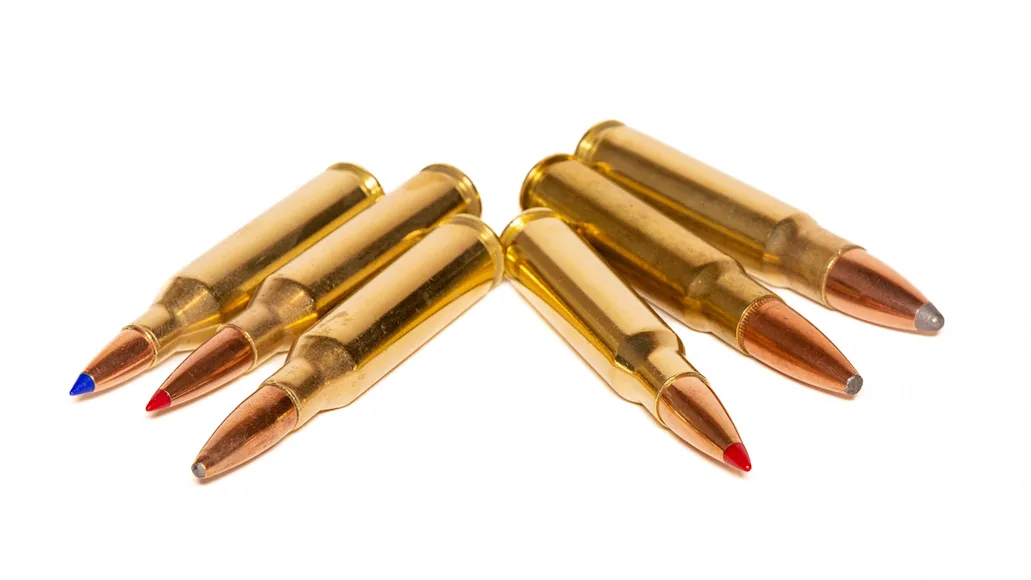_We may earn revenue from the products available on this page and participate in affiliate programs. Learn more ›
_
There’s nothing sexy about the 308 Winchester. It’s as old as dirt and as common as bad breath, and yet the cartridge’s popularity is surging with today’s hunters—so much so that it has replaced the 30-06 Springfield
as the world-wide general-purpose rifle cartridge. Taken alone, the 308 is great, but when you lump in the five cartridges that descended directly from it, you have a hunter’s perfect six-pack of general-purpose rounds.
Rifle-cartridge development largely hinges on cartridge cases already in use. The 30-06 Springfield, for example, was altered to give us the 270 Winchester, 280 Remington, 25-06 Remington, and the 35 Whelen. It’s a similar story with the 308 and its offspring. As today’s hunters move away from non-magnum long-action rifle cartridges like the Ought-Six, shorter-action cartridges like the 308 Winchester and its five direct descendants are more relevant than ever. Here’s a look at the all, plus the best big-game loads for each.
The Great 308
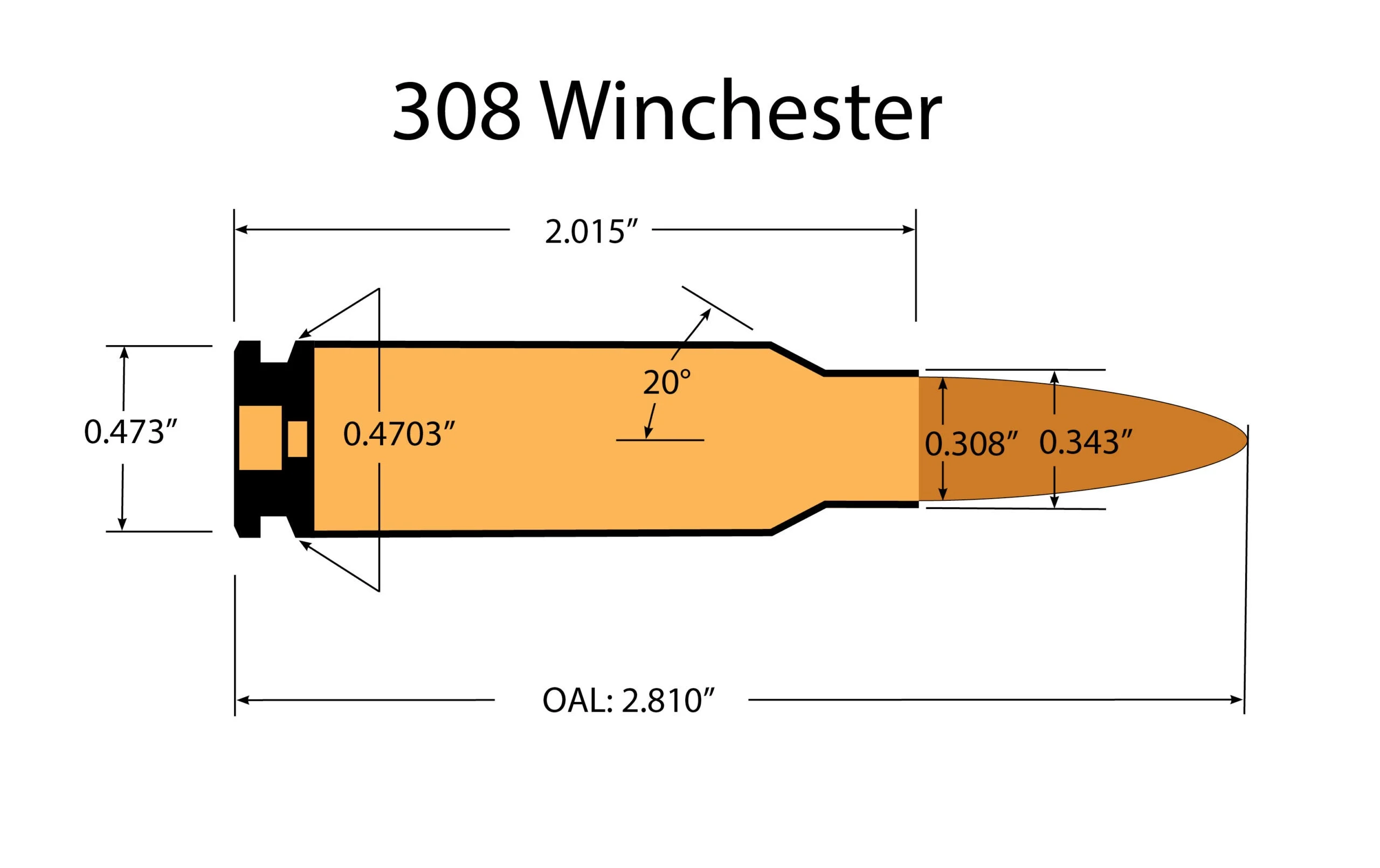
Other than bullet diameter, the only dimensional differences in the 308 and its offspring are can length and minuscule difference in the shoulder position.
Introduced by Winchester in 1952, the 308 Winchester was an altered 300 Savage. In 1954, a version of the 308 was adopted by NATO, and the result—just like with all rifle cartridges used extensively by the military—was immediate popularity. However, the success of the 308 Winchester was not entirely due to its military career; it was its ability to duplicate the original ballistics of the 30-06 Springfield from a shorter cartridge case that endeared it to hunters. As a result, while fewer and fewer new rifles are chambered for the 30-06, almost every new bolt-action rifle made today is offered in 308 Winchester and 6.5 Creedmoor
.
I’ve shot a lot of big-game animals with the 308 Winchester, with a wide selection of ammunition—including every thing from impala to moose with the 165-grain Nosler AccuBond. If I was limited to one load for the 308, that would most likely be it. However, short-barreled 308s are becoming more popular because of their compatibility with suppressors. With ultra-short (16- to 18-inch barrels), I’d probably opt for Nosler’s 150-grain AccuBond offering or the Supercharged 150-grain Barnes TTSX load from Buffalo Bore. With that said, let’s turn to the 308’s descendants.
308 Winchester Offspring
The following five cartridges were all adapted from the 308 Winchester by either necking down the 308 case to accept a smaller-caliber bullet, or necking it up to accept a larger-caliber bullet. In some cases, the location of the cartridge’s shoulder was also very minutely altered, but other than that, the cartridge cases were unchanged.
1. 243 Winchester (1955)

Since its introduction in 1952 the 243 Winchester has been immensely popular, and it remains so even after the introduction of the slightly flatter shooting 6 mm Creedmoor. Richard Mann
One of the smartest things Winchester ever did was to neck the 308 Winchester case down to accept a 0.243-caliber bullet. Just as important, they specified a 1-in-10 twist rate, which allowed the cartridge to outperform and ultimately bench, the 244 Remington
. The 243 Winchester went on to become one of the most beloved dual-purpose (deer and varmint) cartridges, and it remains astoundingly popular almost 70 years later.
In 2014, my wife accompanied me on safari and carried a 243 Winchester rifle with a 20-inch barrel. She took a gemsbok at about 160 yards, a blue wildebeest at almost 300 yards, and an impala at about 25 yards. None of the animals ran more than 75 yards, all were taken with one shot, and the load she used was the Nosler Trophy Grade, 85-grain Partition. If I could only use one big-game load for the 243 Winchester, that would be it.
2. 358 Winchester (1955)
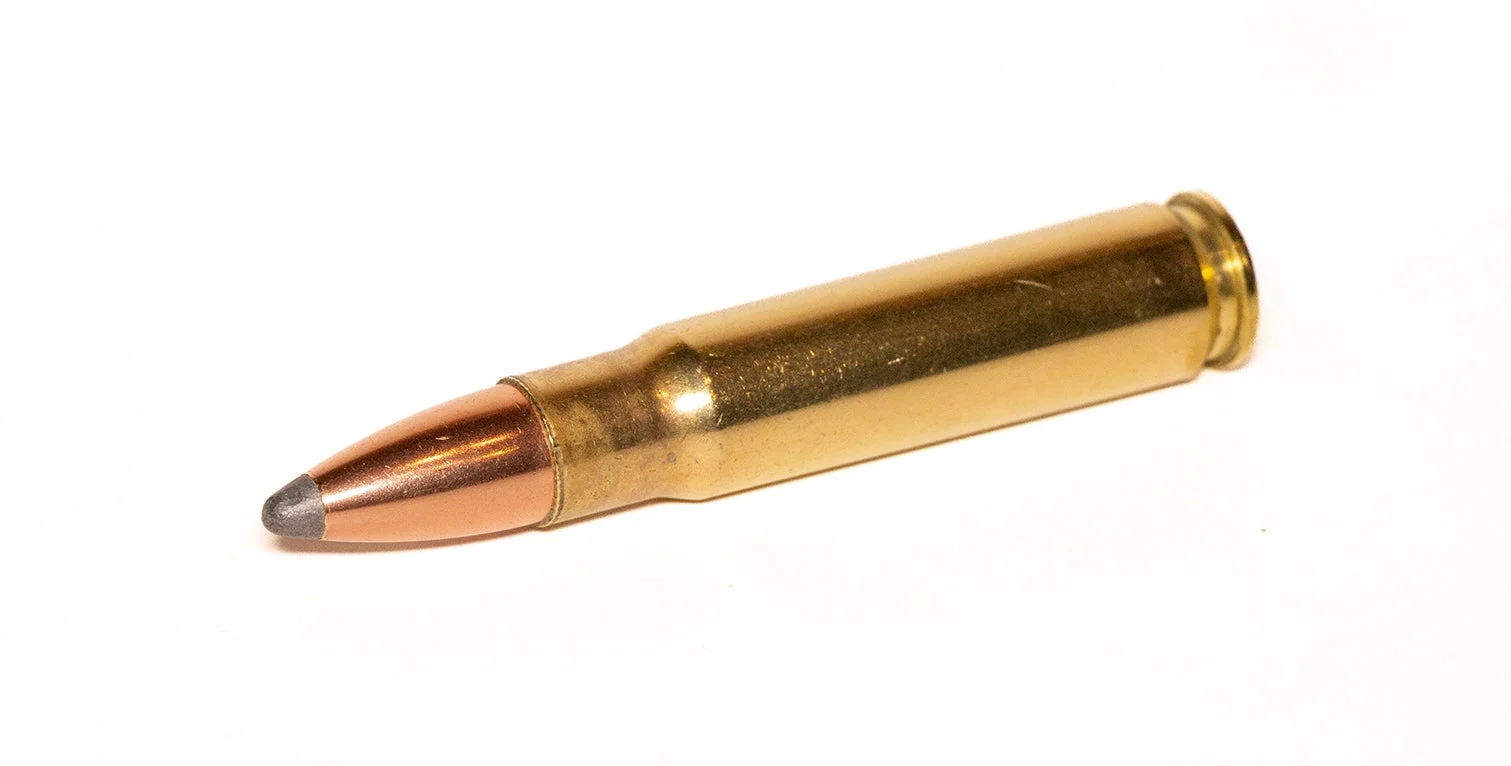
For many years, the 358 Winchester was regarded and an ideal woods round. Richard Mann
Introduced as a companion to the 243 Winchester, the 358 was made by necking the 308 Winchester up to accept a 0.358-caliber bullet. Growing up hunting whitetails in the Appalachians, I always thought the 358 was an ideal cartridge for the hardwoods. It was, and I even used it to take my first black bear. Tim Sundles at Buffalo Bore told me, “The 358 Winchester is a great cartridge for North American big game out to around 200 yards, and we offer two Supercharged loads for it.” Either should work astoundingly well in the 358.
Ultimately, hunters discovered that they didn’t need heavy .35-caliber bullets for whitetails or black bear, and that the 308 Winchester worked just as well due to the better terminal performance of modern bullets. Though still beloved by a few woodsmen—myself included—the 358 Winchester is mostly forgotten, and the limited factory loads stand as evidence. New 358 rifles are rare, but Wilson Combat is offering their NULA Model 20 in 358
, and the cartridge is once again winning my heart for moderate range applications in Africa.
3. 7mm-08 Remington (1980)
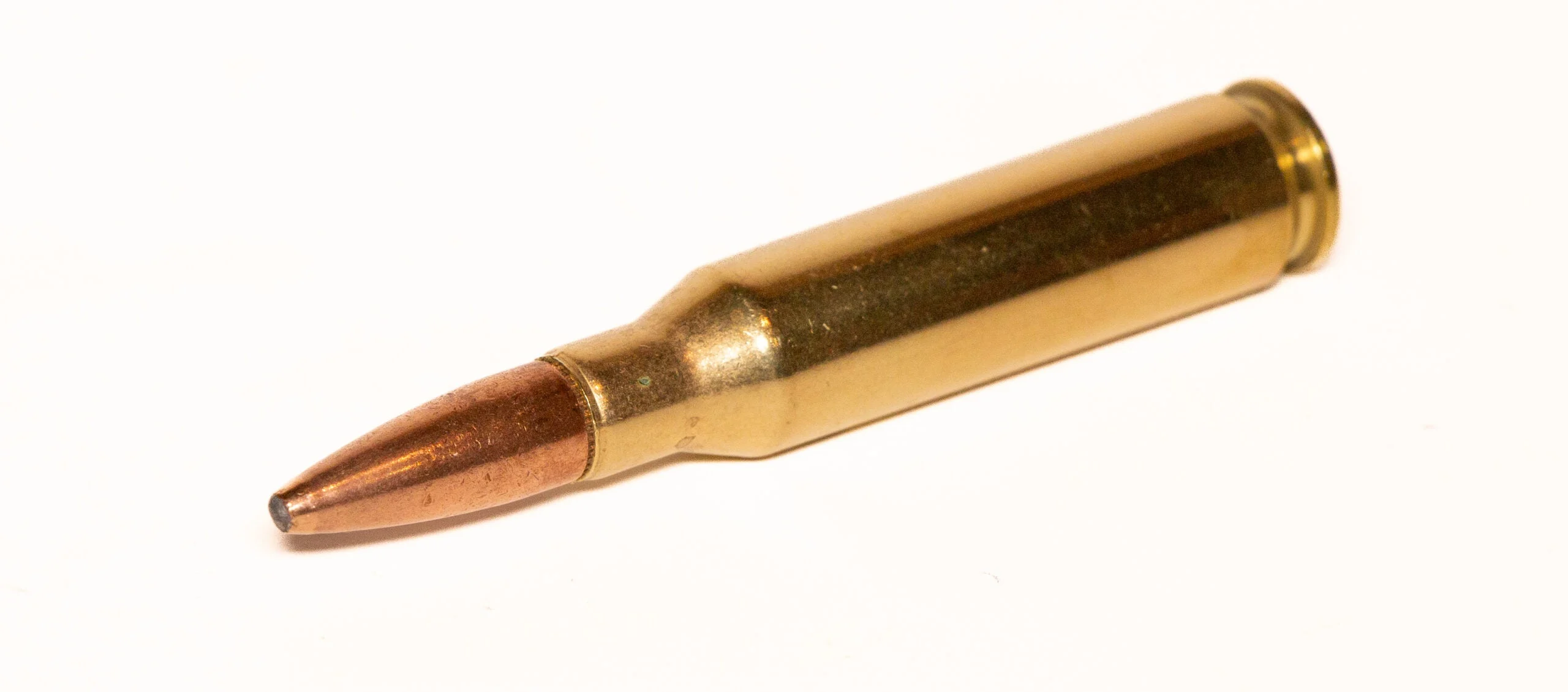
If the 308 Winchester is just too plain Jane for you, consider the 7mm-08. Richard Mann
Sometimes you run across a cartridge-and-bullet combination that defies expectations and just seems unstoppable. That’s been my experience with the 7mm-08 Remington 142-grain Controlled Chaos load from Lehigh Defense. Recently in South Africa, my wife used it successfully on blue and black wildebeest, impala, warthog, and jackal, at ranges from 95 to 298 yards. The results were spectacular, and its the first load for any cartridge in this family that made me think it might be as good or better than the original 308 Winchester
.
Initially marketed as a lighter-recoiling option to the 308, the 7mm-08 Remington was very popular for a time. By necking the 308 case down to accept a 0.284-caliber bullet, the 7mm-08 closely duplicates the performance of the legendary 7×57 Mauser. In truth, recoil and terminal performance between the 7-08 and 308 are nearly indistinguishable until bullets heavier than 150 grains are used, and with the heavier bullets, the 308 Winchester has an edge. Today the 6.5 Creedmoor has drastically cut into the appeal of the 7mm-08, but for big-game hunting, I think the 7mm-08 is actually a better option.
4. 260 Remington (1997)
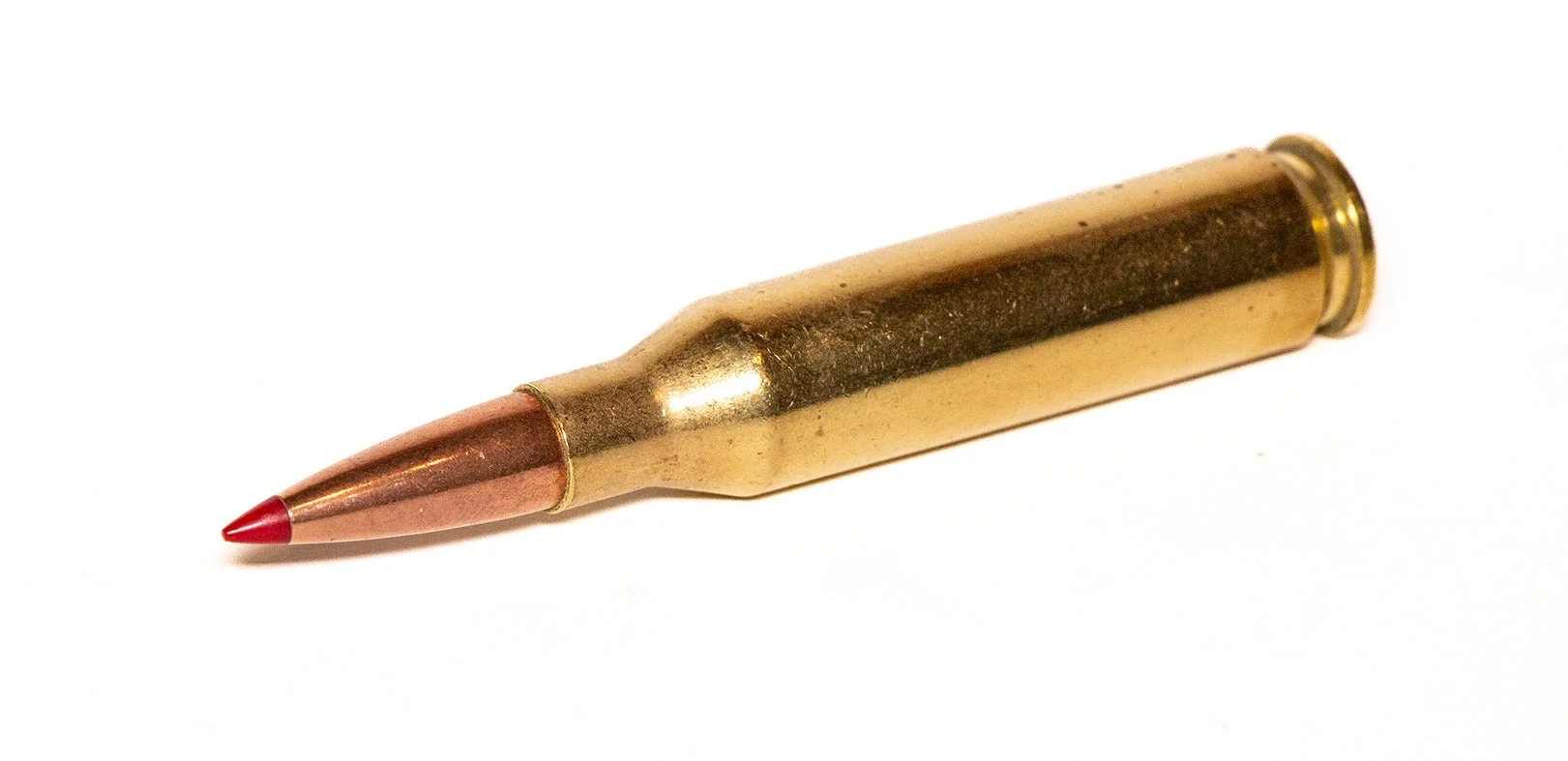
Though now nearly put out to pasture by the 6.5 Creedmoor, the 260 Remington is a fantastic cartridge for big game hunting. Richard Mann
When my sister decided it was time to get a nice deer rifle, she ordered a Model 20 from New Ultra Light Arms in 260 Remington, which was created by necking down the 308 to accept a 0.264-caliber bullet, resulting in a cartridge that closely replicates the ballistics of the historic 6.5×55 Swede. For more than a decade she’s used that rifle with excellent success on whitetails, regardless of the ammo chosen. Left to one load, I’d probably opt for the 130-grain Nosler AccuBond in their Trophy Grade line.
owes its creation to the desire for target shooters to launch higher-BC bullets with less recoil. If that sounds familiar, it should; its exactly how we ended up with the 6.5 Creedmoor. Remington’s mistake was to specify a slow twist rate with the 260, and this makes it incompatible with today’s modern high-BC 6.5 mm bullets. Though the 260 Remington found limited appeal with hunters, because of the Creed it’s now mostly an afterthought. However, for hunting at practical ranges, it will outperform the Creedmoor.
5. 338 Federal (2006)

The 338 Federal is essentially a flatter-shooting version of the 358. Richard Mann
To create the 338 Federal, the 308 Winchester was necked up to accept a 0.338-caliber bullet. When initially introduced, it received a lot of fanfare and was sort of heralded as a flatter-shooting replacement for the 358. African professional hunter Geoffrey Wayland has had several clients use the 338 Federal and told me, “It’s a great plains-game cartridge for the Limpopo region where shots are generally inside 150 yards, and it hits very hard. For most of Africa however, I’d prefer the 308 Winchester.” Just as with the 358, the more arcing trajectory of the 338 Federal is leading to its demise.
Currently, the only 338 Federal load listed by a major online retailer is Federal’s 200-grain Fusion load, and its rare to see a new hunting rifle chambered for the cartridge. But there’s a lot of 338 Federal rifles out there, and the Fusion load is perfection in that cartridge. Like the 358, the 338 has great general-purpose application inside 250 yards and is a superb black bear cartridge. However, most modern hunters feel they need more reach. The 338 Federal has had a short, happy life—but quite a bit shorter and less happy than the 358 Winchester.
308 Winchester Cousins
There are other cartridges that trace their lineage to the 308 Winchester, but with a bit more case alternation. So, while they might be considered offspring, they’re more like cousins than children. In 1983, Winchester brought out the 307 and 356 Winchester cartridges. They’re rimmed versions of the 308 and 358, designed for use in the 1894 lever action. Though fantastic cartridges, they never caught on. The 30 Thompson Center (TC) was an attempt to improve the 308 Winchester with a sharper shoulder, less case taper, and slightly shorter case length. It was a failure almost instantly. However, through the 30 TC, we ended up with the 6.5 Creedmoor, which has been one of the most successful rifle cartridges of all time.
Pick One or Pick All

At practical shooting distances the 308 Winchester is sufficient for any non-dangerous big game animal any where in the world. Richard Mann
For me the choice is simple. The 308 may be sort of blah—but the damned thing just works, all the time. At practical shooting distances, its terminal effectiveness far outweighs its recoil. That said, depending on what and how you hunt, it might not be the best choice.
If whitetail, mule deer, and small- to medium-size black bear will be the largest big-game animals you’ll pursue, and if you really enjoy varmint and predator hunting, you may want to go with the 243 Winchester. If you want a deer or elk rifle that can be pressed into service for coyotes and ground hogs, the 260 and 7mm-08 are solid choices. And, if you want the ultimate moderate-range back bear, deer, or elk rifle for the dark timber, the 338 Federal or 358 Winchester are an excellent choice.
If you can’t decide, get a 308 Winchester and one or all of its offspring. Then you can perfectly tailor your rifle to any non-dangerous game and hunting conditions anywhere in the world. The 308 Winchester has fathered the most practical family of rifle hunting cartridges; pick one, or two, or pick them all.

